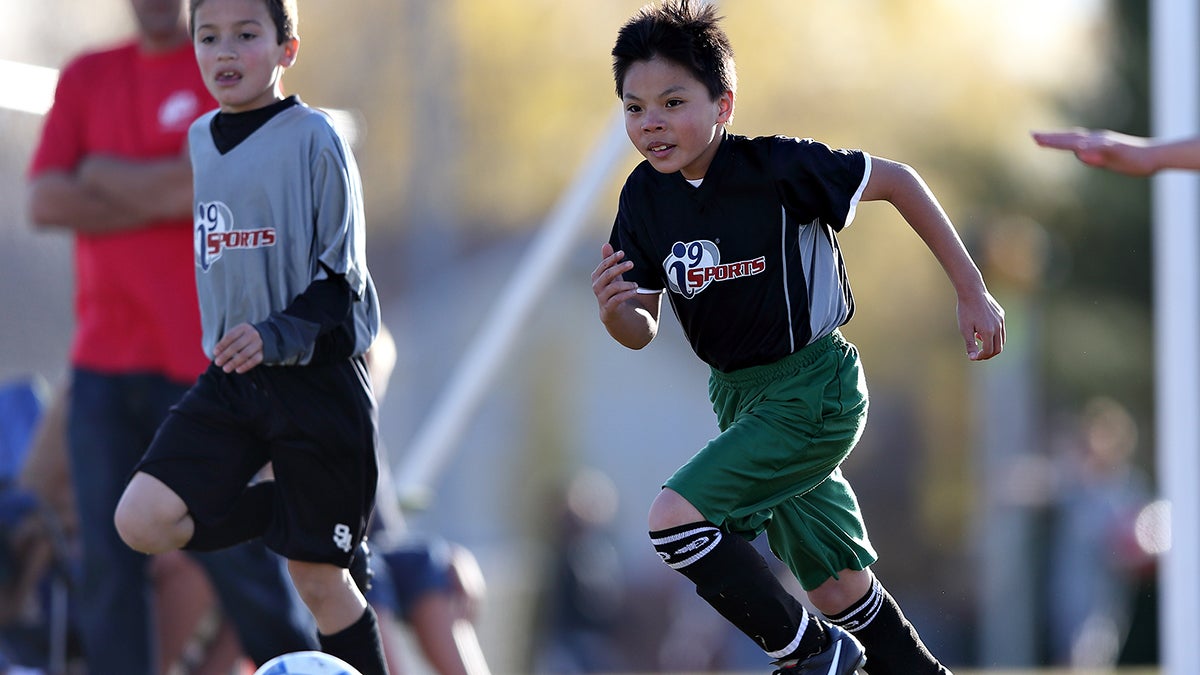Youth sports need public-private partnerships to work together, researchers say

Youth sports are a centerpiece in many kids’ lives — making friends, working to make the team and building confidence. They are a powerful tool for someone to have in their life growing up.
But how are youth sports developed?
Through public-private partnerships, youth sports are able to stay up and running. The public aspect is run by local government agencies, while the private aspect is operated by nonprofit organizations such as Pop Warner and Little League. However, when the two sides don’t see eye-to-eye, the popular activities become hard to keep running.
A recent study, “Whose job is it anyway? Public-private partnerships in youth sport,” by Eric Legg, Gareth Jones and Misha White explored the issue of when public and private agencies don’t agree.
The study defines youth sports as the athletic extracurricular activities that do not include high school sports. The study also works off the premise that public-private partnerships are necessary for the delivery of the program. For example, local governments tend to provide the space to play, while the nonprofits work to hire coaches. The job, in a broad sense, is who is supposed to deliver youth sports programs. The study’s authors conclude the answer is both.
“I was at a forum with a bunch of government agencies reviewing youth sports programs, and there was a lot of complaining about the private organizations and the relationships,” said Legg, an assistant professor at Arizona State University’s School of Community Resources and Development. “We were looking to get perspective from both sides on what these relationships are really like.”
If the parties can’t get along, then what is the point of the two working together? The study’s authors state the goal is mutual: maximizing efficiency. That means both sides fully use their resources without duplicating their efforts or spending. It is useful for all parties to keep in mind that is the main motivator for each side.
“It doesn’t always work as cleanly as people think,” Legg said. “Possible reasons for that include lack of goal alignment. Both private nonprofits and government agencies have this general goal around youth sports and sometimes their goals look a little different.”
For example, the private provider may emphasize skill development while the public provider values helping kids build social skills and confidence. Though both may want to provide sports programs to the youth, their misaligned goals keep them from making any progress.
The authors wrote, the “purpose of this study was to understand how specific people interpret and make meaning of their lived experiences.” That purpose sprung from Legg’s attendance at the forum in which government agencies were discussing youth sports. He began to ask nonprofits how they viewed the partnership, and they saw it in a completely different light.
“We wanted to understand the perspective, the experiences of both sides,” Legg said. “We were hoping that by understanding the perspective of both sides we would come to some sort of practices to make these relationships work.”
Legg and his team found most nonprofit organizations will enter these partnerships because they think it’s the most efficient way to deliver youth sports programming. However, they join having the mindset that it’ll work without any kind of management running it, Legg said. They also concluded that collaboration between the two sides changes on a case-by-case basis.
“One unexpected finding was the range of views on that relationship,” Legg said. “That gave me another question of why is that. What makes some places work really closely together and some places they just see them like they’re doing their own thing. They’re all working to deliver sports programs. Why don’t they realize they’re trying to reach similar goals?”
Despite how dysfunctional they may be, public-private partnerships are still the most popular strategy for developing youth sports. When they do work, they’re able to reduce service costs and increase efficiency. Public agencies are the boat, and private organizations are the oars. But a balance must be found: No boat, and everyone sinks; no oars and everyone is stranded.
Nikole Tower is a senior journalism student at Arizona State University

